Nikon Zf: Where Classic Design Meets Cutting-Edge Technology
Nikon unveils the Zf, a fusion of classic design and modern technology, featuring a 24.5MP sensor, EXPEED 7 processor, pixel-shift shooting, advanced stabilization, and enhanced autofocus. Available in October.
Nikon Unveils the Zf: A Fusion of Classic Design and Modern Technology
Nikon, a renowned name in the world of photography, has just made waves in the industry with the introduction of the Nikon Zf, a camera that seamlessly blends the timeless elegance of the historic FM2 film camera with the cutting-edge technology found in the acclaimed Nikon Z series mirrorless cameras, including the Nikon Z6 II, Z8, and flagship Z9.
At the heart of the Nikon Zf lies the formidable EXPEED 7 processing engine, combined with a 24.5-megapixel full-frame backside-illuminated CMOS image sensor. This powerful duo empowers the camera with enhanced autofocus capabilities, rapid shooting speeds, and exceptional low-light performance. Furthermore, the EXPEED 7 processor introduces new features, such as a remarkable 96-megapixel pixel-shift shooting mode and Nikon's most advanced in-body image stabilization system.
Jay Vannatter, Executive Vice President at Nikon Inc., enthusiastically stated, "It's exciting to see the leaps in innovation that propelled the Z9 trickling down, making the latest technology and features more accessible than ever before inside the Zf, a camera which is a beautiful marriage of form and function."
Delving into the specifications of the Nikon Zf, while it shares the same resolution of 24.5 megapixels with the Nikon Z6 II, it distinguishes itself by extending the native ISO range. Starting at ISO 100, the Zf's ISO capabilities reach an impressive ISO 64,000, surpassing the Z6 II's native ISO speed capped at ISO 51,200. This minor tweak showcases the camera's improved processing power and the backside-illuminated sensor's capabilities.
Another noteworthy change lies in the camera's image storage. While the Z6 II features a CFexpress Type B slot alongside a secondary UHS-II SD card slot, the Zf opts for an unconventional combination of UHS-II SD and UHS-I microSD slots. Although this alteration does not affect the Zf's maximum speed relative to its 24.5-megapixel sibling – both cameras can shoot full-resolution images at an impressive 14 frames per second – it may impact buffer depths and clearance rates under specific circumstances.
However, where the Zf truly shines is in its five-axis in-body image stabilization system, boasting vibration reduction (VR) equivalent to eight stops – a significant three-stop improvement over the Z6 II. This enhancement ensures sharper and more stable shots, even in challenging shooting conditions.
The transition from dual EXPEED 6 processors to a single EXPEED 7 processor in the Zf paves the way for an exciting feature – pixel-shift shooting. The Zf proudly becomes Nikon's first camera capable of pixel-shift shooting, enabling the creation of high-resolution images up to a staggering 96 megapixels. This mode promises "the ultimate in fidelity" while minimizing moiré, false colors, and noise by subtly shifting the image sensor using the stabilization system.
Furthermore, the Zf's stabilization system introduces focus-point VR, a novel feature for Nikon cameras. This advanced stabilization mode minimizes blurriness specifically at the focus point, even when the subject is positioned near the frame's edge.
In terms of autofocus, the Zf covers approximately 96% of the horizontal axis of the image area, ensuring seamless subject tracking, even when subjects are positioned at the periphery of the frame. The camera employs an autofocus system powered by Deep Learning technology and offers Nikon's renowned 3D Tracking. It can identify and track various subjects, from people and animals to vehicles and even the "world's smallest face in the frame," equivalent to approximately 3% of the frame's longest side.
Designed with hands-on photography in mind, the Zf offers manual control, including manual focus, without sacrificing modern amenities. It features Eye/Face-Detection in MF mode, enabling precise manual focus by magnifying the subject's eye.
The Zf also outperforms the Z6 II in low-light autofocus capabilities. With its Starlight view mode, it enhances display brightness in extremely dark scenes, and its autofocus system operates effectively down to an impressive -10 EV, ensuring reliable performance in dim lighting conditions.
In addition to these enhancements, the Zf introduces two new black-and-white photography modes. The "Flat Monochrome" picture mode reproduces tones with a smooth gradation from shadow to light, while the "Deep Tone Monochrome" mode emphasizes dark tones, adding depth to mid-tones.
Beyond its technical prowess, the Nikon Zf has been meticulously designed to blend aesthetics with functionality. Nikon describes the Zf as a fusion of the past, present, and future, paying homage to its innovative heritage. Its magnesium-alloy body not only exudes durability but also boasts a glossy finish and classic Nikon logo. Mechanical dials for shutter speed, ISO, and exposure compensation feature tactile etching, providing a satisfying user experience. The shutter-release button's feel has been given meticulous consideration.
The Zf doesn't just look good; it also offers robust usability features, including support for Touch Fn, allowing users to adjust camera settings while framing pictures through the viewfinder – a first for Nikon Z-series cameras.
Regarding the electronic viewfinder (EVF) and LCD, the Zf sports a 3.69-million dot OLED panel with approximately 0.8x magnification. The rear panel is a 3.2-inch touchscreen with about 2.1 million dots, mirroring the Z6 II's resolution. However, the Zf's rear panel distinguishes itself with its vari-angle display, a first for full-frame Nikon Z-series cameras, offering enhanced flexibility for capturing shots from various angles.
The Nikon Zf's body incorporates magnesium alloy on the front and top covers, ensuring high dust and drip resistance. It features seals on the exterior cover joints, shutter-release button, and vari-angle display mechanism. An electro-conductive coat further enhances the camera's surface, keeping it cleaner and easier to maintain.
Measuring at 5.7 x 4.1 x 2 inches (144 x 103 x 49 millimeters), the Zf is slightly wider but notably thinner than the Z6 II. It weighs a mere 1.57 pounds (710 grams) with its EN-EL15c battery and a memory card inserted, making it only five grams heavier than its predecessor.
In the realm of video recording, the Zf impresses with its ability to shoot 4K/30p video oversampled from 6K, and it can also record 4K/60p video using the DX (APS-C) image area, along with 1080/120p video. The camera offers in-camera 10-bit H.265 recording and allows recording to an external recorder via USB-C or HDMI (Type D). It's worth noting that the Z6 II can shoot 4K/60p video using full pixel readout, a feature not available in the Zf.
Photography enthusiasts can get their hands on the Nikon Zf starting in mid-October, with a body-only option priced at $2,000. Nikon will also offer kits with lenses, including the retro-styled Nikkor Z 40mm f/2 SE lens for $2,240 or a Nikkor Z 24-70mm f/4 S lens for $2,600, offering significant savings compared to purchasing the camera and lenses
Download your fonts:
Snow Bells Font - Free Download
Angie's Christmas Font - Free Download
Love Paradise Font - Free Download
Lovaline Story Font - Free Download
Valentine Loving Font - Free Download
Thiny Cupid Font - Free Download
Tums Loving Font - Free Download
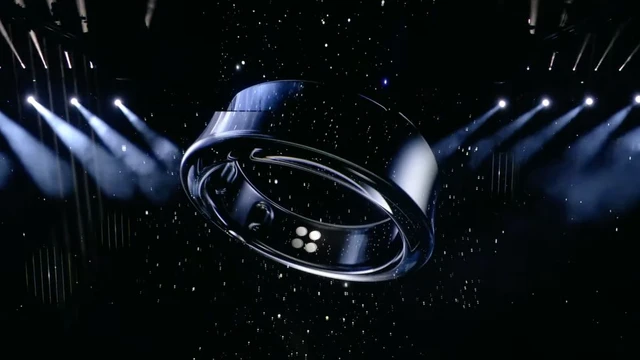


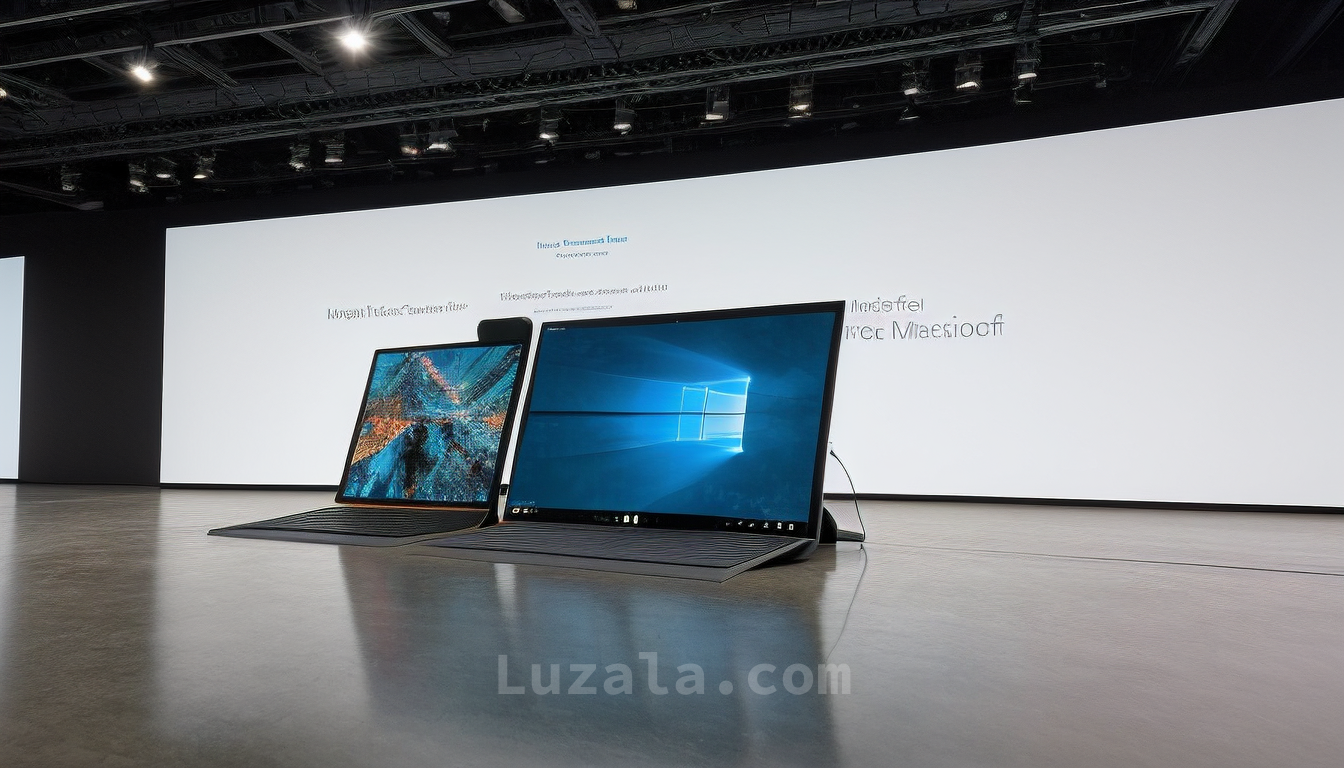
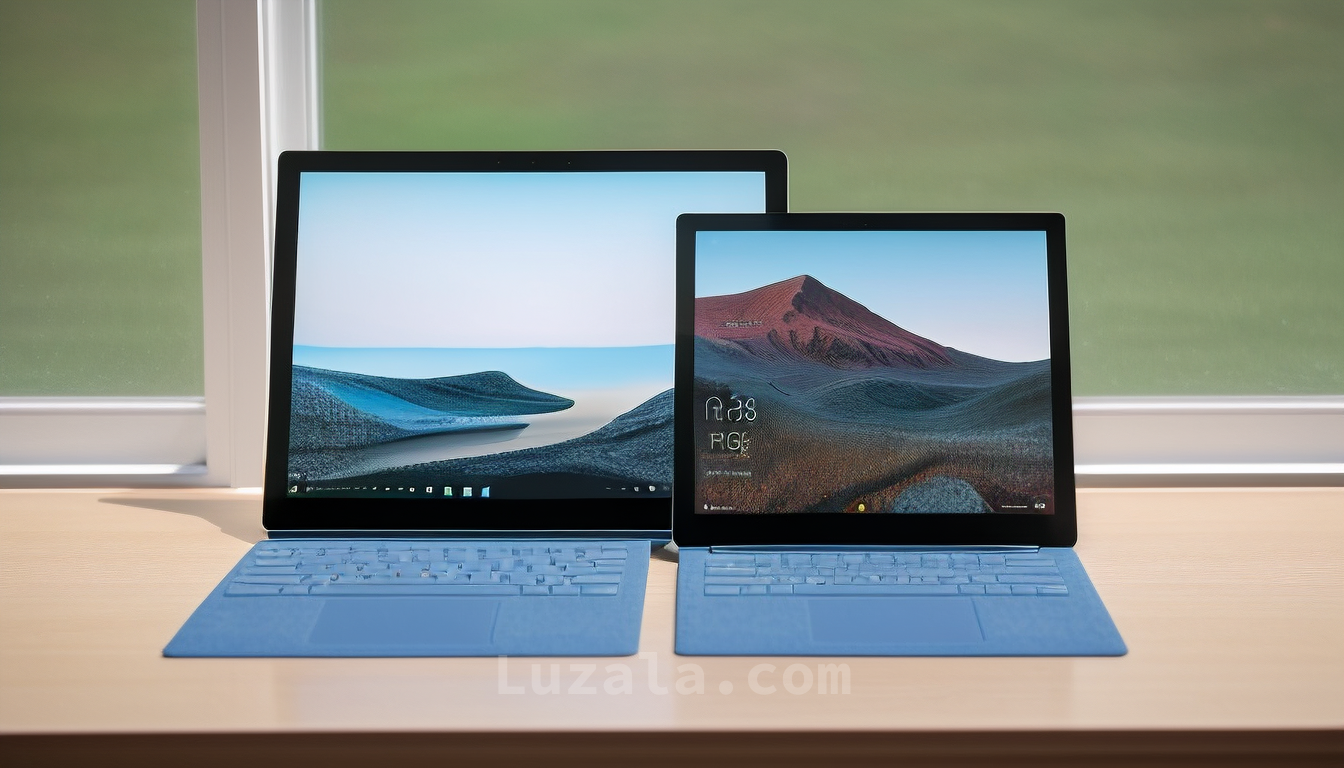

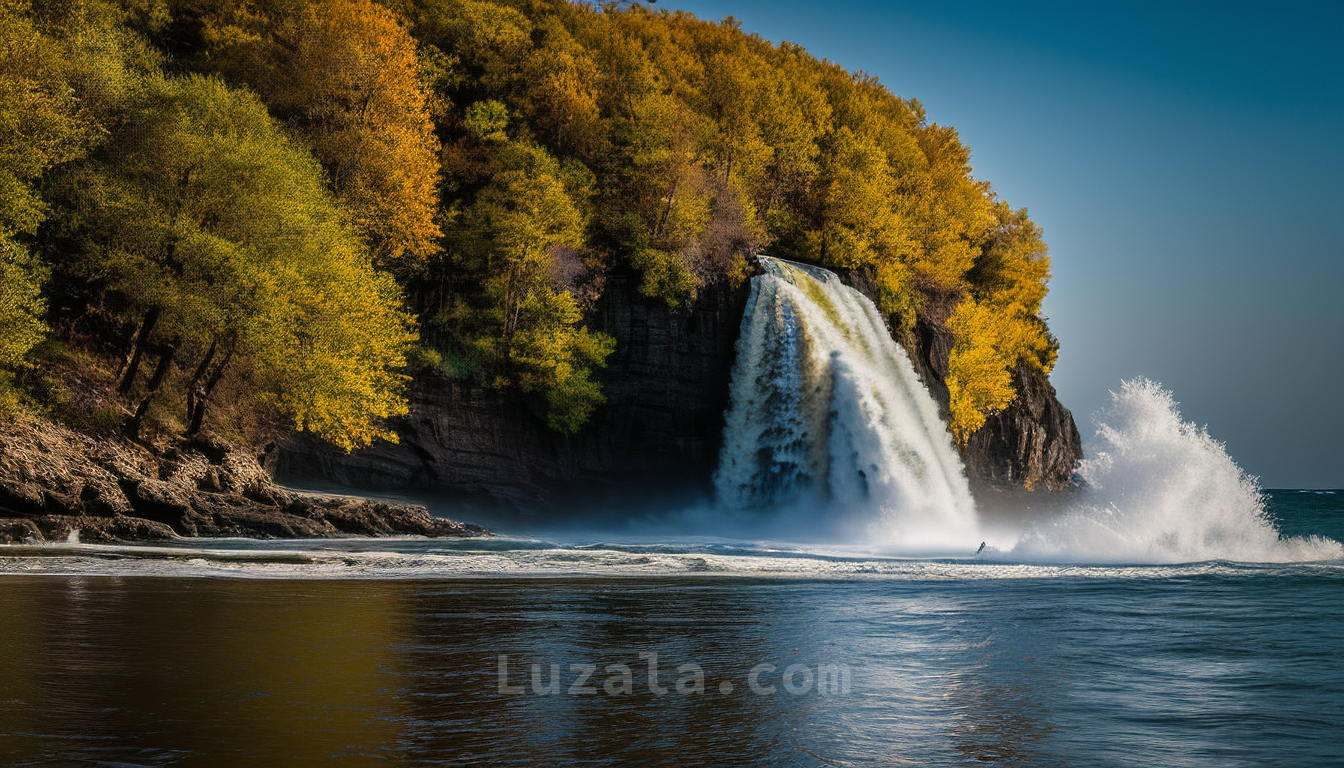
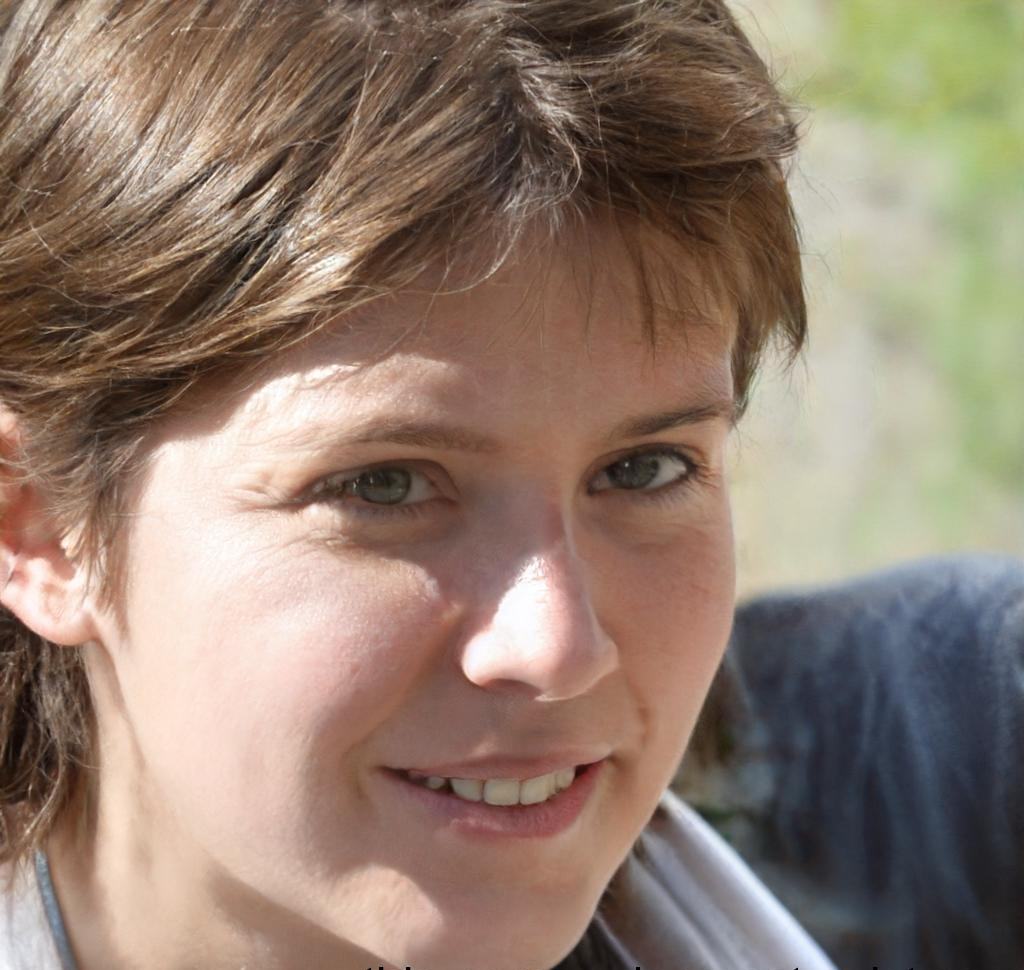
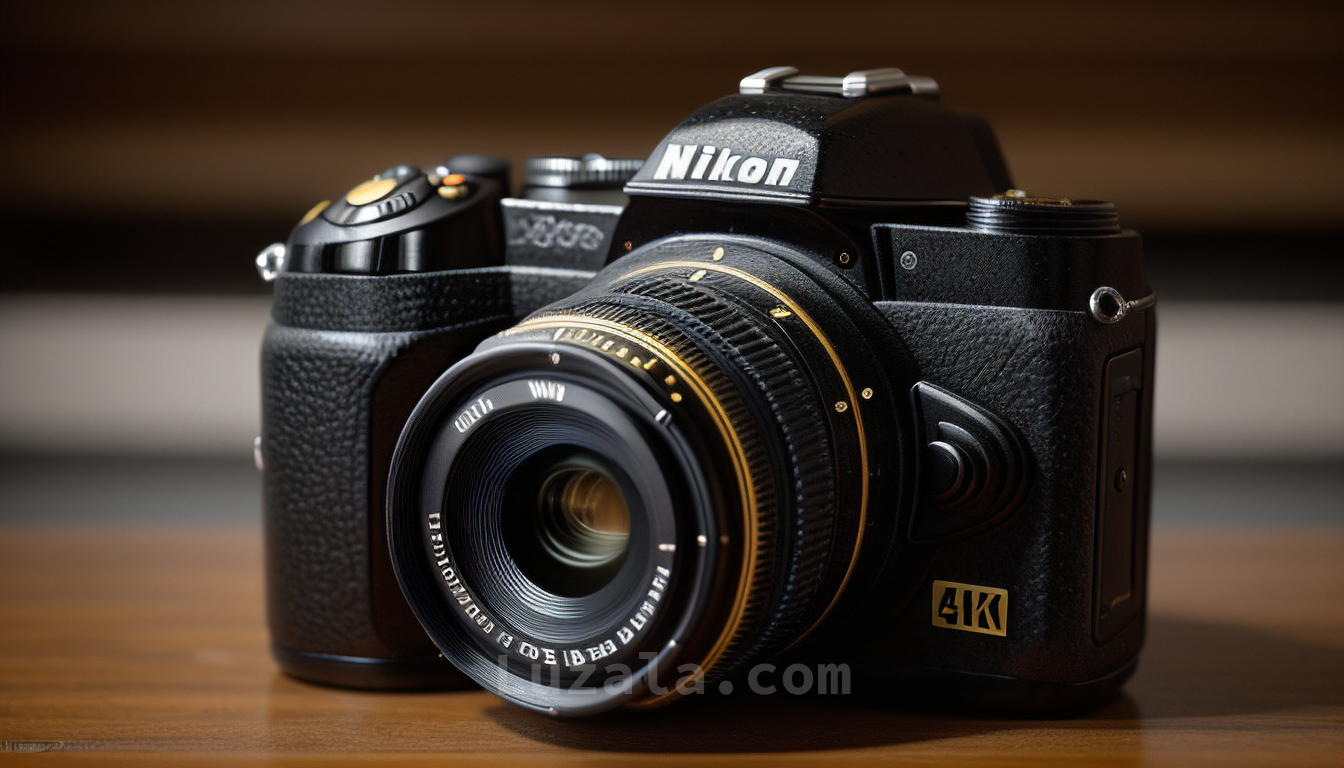
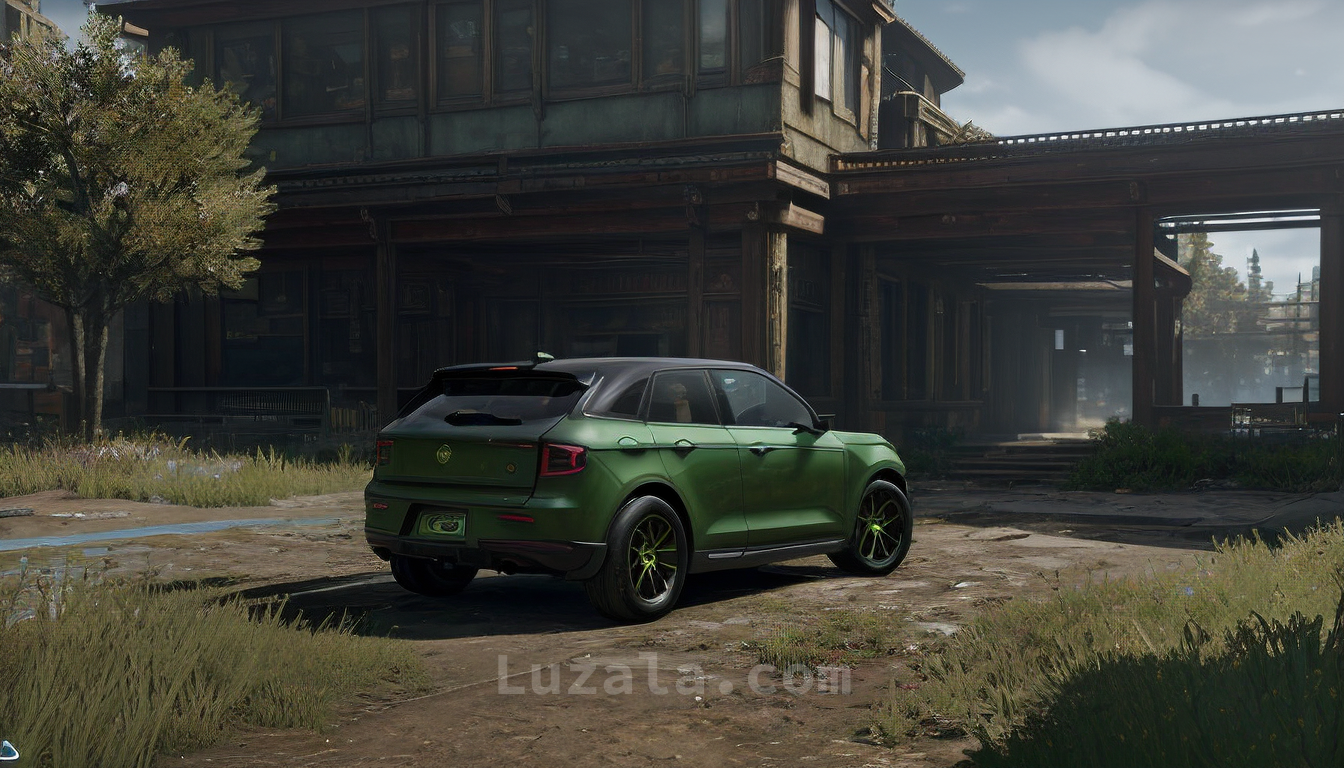




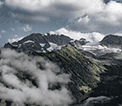
Comments